Tech giants weigh in on iPhone 7 headphone jack loss
Headphone and Android manufacturers react
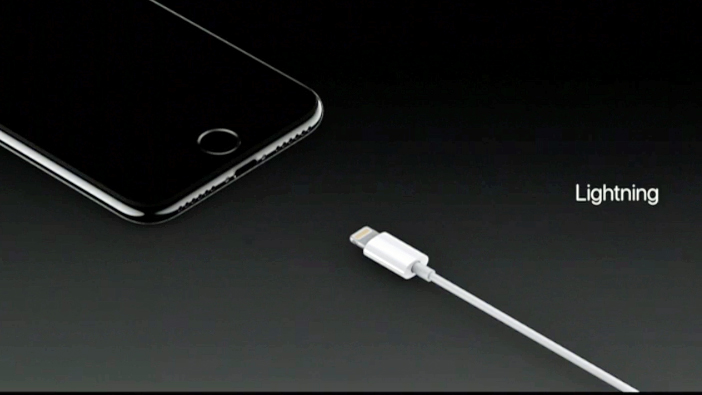
The news that Apple has ditched the headphone jack on the iPhone 7 has had many consumers up in arms – even months before the announcement was official, we saw thousands signing a petition calling on Apple not to axe the 3.5mm port.
The outcry was understandable – a decent pair of headphones can cost a significant amount of money, and you'd expect this investment to carry through to your next smartphone.
Much has been written about the consumer response to the death of the headphone jack, but we wanted to speak to headphone manufacturers, and those making Android phones, to find out their thoughts.
Why did Apple do it?
When we asked headphone manufacturers why they thought Apple would drop the headphone jack, the most common theory was that it would save them space in the new iPhone.
"I expect that the main reason will be size definitely... if you were to drop the headphone socket you could reduce the size of the housing by at least 2 mm easily," said Mike Hockey from Harman.
A representative from Beyerdynamic agreed, "I think Apple is driven by getting their smartphones as slim as possible."
The reasoning makes a great deal of sense. As Beyerdynamic's representative explained, just looking at the bottom of a modern smartphone makes it obvious that the 3.5mm jack is the thickest part of the device.
Get daily insight, inspiration and deals in your inbox
Sign up for breaking news, reviews, opinion, top tech deals, and more.
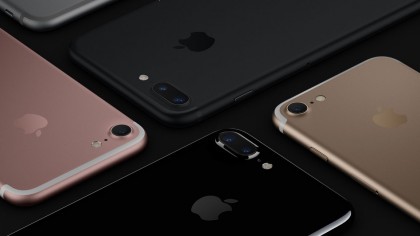
Interestingly, several of the manufacturers also speculated that the move might be motivated by a desire to save on power. Both Beyerdynamic and Harman reasoned that by dropping the headphone jack Apple could move both a DAC and an amplifier off the phone's internal circuitry, a move which they claimed would increase power efficiency.
But the move was viewed with more scepticism by Noel Lee, co-creator of Beats (and now CEO of Monster), "They [Apple] have a habit of looking forward but screwing the customers who have gone before, so I don't like that. You should always take care of the people who are invested, but it's a good way for them to say 'now you've got to buy all new accessories'."
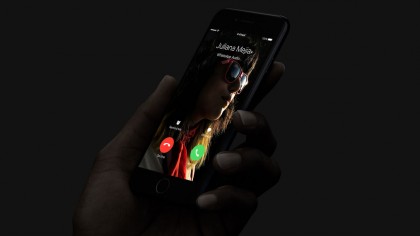
Will Android makers follow suit?
What isn't clear is whether other phone manufacturers will follow Apple's lead in dropping the headphone jack.
Apple isn't the first company to remove the headphone jack. The Le 2, Le 2 Pro and Le Max 2 from Chinese firm LeEco rely on USB-C, rather than Apple's Lightning, to output audio.
More recently, Motorola then followed suit by removing the headphone jack on the Moto Z. Unsurprisingly the company was positive about the possibilities the move affords them.
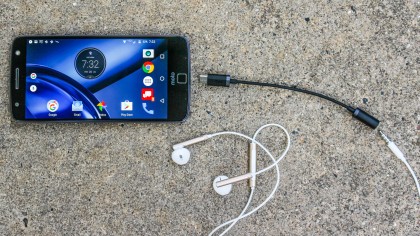
"We have USB-C, which opens a lot of possibilities with what we can do with headsets, including noise isolation and lot of other things around power and the headset in itself," said Dan Dery, Vice President of Products at Lenovo, Motorola's parent company.
Motorola is quite open about its reasons for dropping the jack. It decided to do so to make the device thin - the phone is only 5.2mm, compared to the iPhone 6S's 7.3mm.
"If you want to build the thinnest smartphone, you have to make these decisions early enough.
"This audio jack is probably the oldest thing that we have in the smartphone world today. There's nothing in the smartphone that's older than the audio jack, and for some reason it remains."
Samsung, HTC and LG all declined to comment on the iPhone 7 losing its headphone jack.
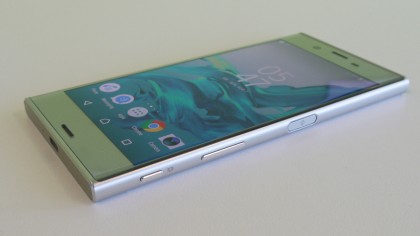
Sony's most recent flagship phone, the Xperia XZ, is the first phone from the company to use USB-C rather than microUSB, but it still features a 3.5mm headphone jack at the top of the device.
"It's a different scenario to USB-C. When we encounter or face those kind of decision points, we will put the customers needs first," Sony Mobile EVP of Global Sales & Marketing, Hideyuki Furumi, told TechRadar.
"We don't want to give any problems to the customer - and our customers do have a choice to choose their own headphones. Those are the type of considerations we look at when we think about what type of technologies we include."
What about headphone manufacturers?
In the short term, the manufacturers we spoke to were counting on Apple's inclusion of an adaptor to use their existing headphones with the iPhone 7 - something that Apple has decided to include.
However, most agreed that this was a short-term solution that wouldn't be very convenient for consumers. In the longer-term, the headphone manufacturers we spoke to indicated that we'd probably start to see headphones with a native lightning adaptor.
One company that has already sold a pair of headphones with a lightning jack is Audeze. Its Sine headphones, released in late 2015, plug straight into the phone's lightning port, and allow all the features you'd expect from a normal in-line remote.
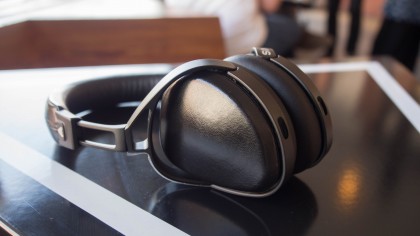
But packing all these features (which include a microphone for taking calls) into the cable is no mean feat because of the amount of components they require.
Audeze's CEO, Sankar Thiagasamudram explained that fitting in all this functionality firstly requires the cables to contain an amplifier, DSP and DAC (a digital to analogue converter) to actually output sound.
In addition the cable also requires an analogue to digital converter to be able to convert sound from the mic into a digital signal that the phone can understand.
Thiagasamudram also pointed out that the company had to be a part of the Apple MFI program in order to produce the Sine headphones.
This is a small but important point. Not everyone will be able to immediately start producing lightning headphones, they'll need to be Apple certified, and this might not be an easy thing to achieve for smaller manufacturers.
Currently Apple has no say in certifying 3.5mm-equipped headphones with its devices.
Of course, it might be the case that people choose to ditch the cable entirely rather than switch to lightning connector headphones.
Bluetooth headphones, which have been slowly growing in popularity over recent years are likely to see a large jump in popularity as people invest in something they can be sure will work with their next phone, whether it's an iPhone or runs on Android.
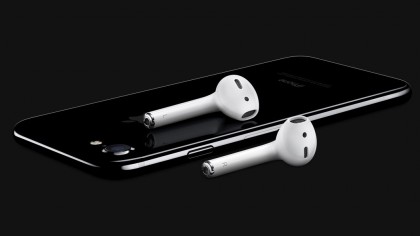
When it comes to high-end headphone manufacturers, they expected to be much less impacted by the switch. Most people who use premium headphones from a company such as HiFiMan will be using them with a headphone amplifier or separate digital audio player rather than their phones.
Will this bring any benefits?
Headphone manufacturers may have been on the fence about whether the loss of the headphone jack and a move towards digital output is a good thing overall.
Noel Lee believes Beats and the switch to no headphone jack will help teach people about digital audio.
"The good thing about it is Apple and Beats will be an educator of sound. The whole world wants to go wireless. But if you're going to use a wire, you want to use a digital output."
"Because there's so much focus on Apple it will shine a light on digital output, and it'll help Android as people will discover they can do it on Android too."
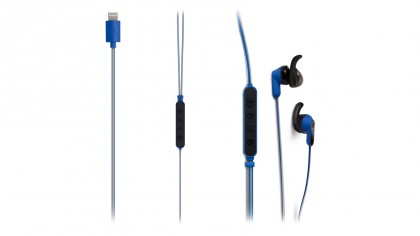
Harman showed off a new app it's developed for its new lightning connector-enabled headphones which allowed the noise-cancelling functionality to be turned on and off from the phone itself unlike currently where this needs to be controlled from the headphones.
In terms of audio quality, the manufacturers we spoke to were cautiously optimistic about the potential benefits of gaining more control over important audio components like a phone's DAC and headphone amplifier, which were previously locked away inside the phone.
But at the same time there were some obvious disruptive elements which they pointed to regarding Apple's move.
The companies were wary of creating the need for bulky external adaptors that would be unfriendly to consumers, and lamented the fact that their existing lineup of 3.5mm-equipped headphones would soon be much less attractive for use with Apple devices.
Conclusion: The ball's in your court
For better or for worse, Apple has an almost unique ability to make mainstream consumers sit up and take notice of technologies that were previously the exclusive domain of hardcore tech fans.
Digital audio output is no different. You have been able to plug external DACs into your phone for some time now, but it takes a company like Apple to get a mainstream audience interested in doing so, and it's only a matter of time before other audio manufacturers attempt to capitalise on the increased consumer interest.
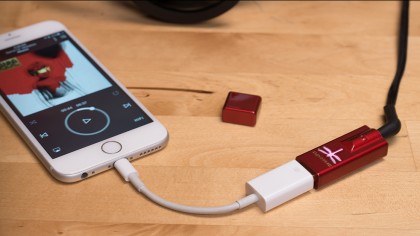
Do the benefits outweigh the disadvantages? Well the iPhone 7 is the thinnest iPhone yet, and Apple is claiming that it has the longest-lasting battery (although this likely has more to do with the phone's processor than lack of a headphone jack).
But more importantly - does it sound better? The Audeze Sine headphones certainly benefitted from being paired with their Lightning cable rather than a 3.5mm cable, but it's difficult to know whether this is the fault of the connector or the fact that the headphones use planar magnetic technology, which is notoriously difficult to drive.
By forcing headphone manufacturers to use digital output, Apple has put much more of the onus for how a pair of headphones sound on the headphone manufacturers themselves by giving them control of circuitry such as the digital-to-analogue converter.
So at this point it's the job of headphone manufacturers to respond to the move. This could be an opportunity to improve upon the sound of existing headphones, but equally it could end up just creating a need to spend a horrific amount of money on a new pair of headphones.
- Want to read more about the headphone jack saga, check out our full guide to the iPhone 7 headphone jack.
Jon Porter is the ex-Home Technology Writer for TechRadar. He has also previously written for Practical Photoshop, Trusted Reviews, Inside Higher Ed, Al Bawaba, Gizmodo UK, Genetic Literacy Project, Via Satellite, Real Homes and Plant Services Magazine, and you can now find him writing for The Verge.
